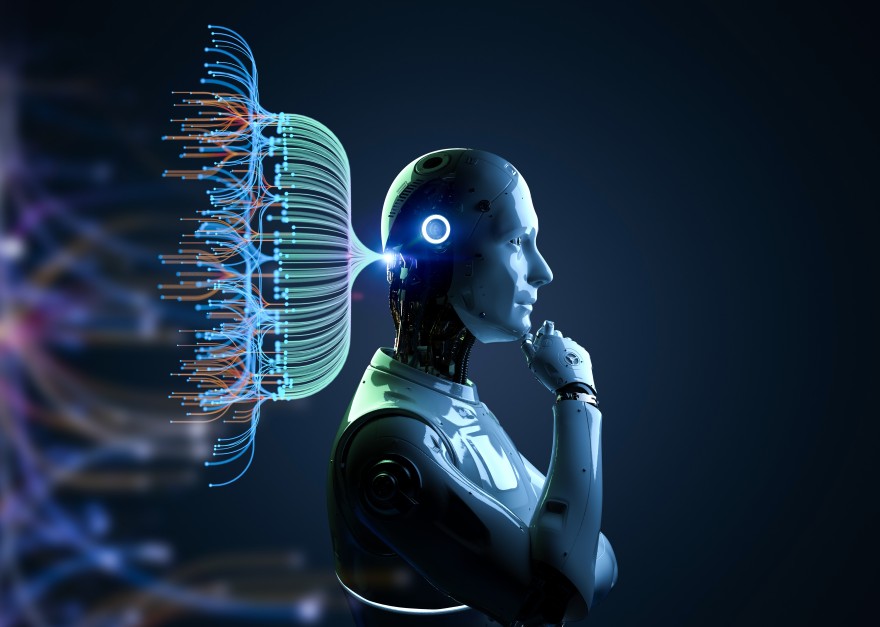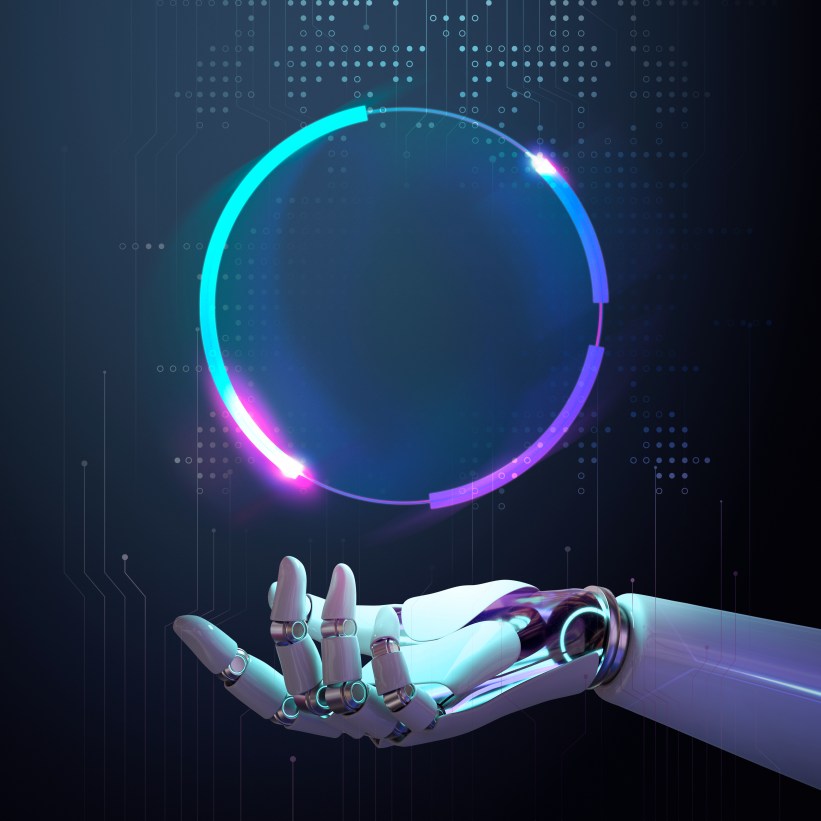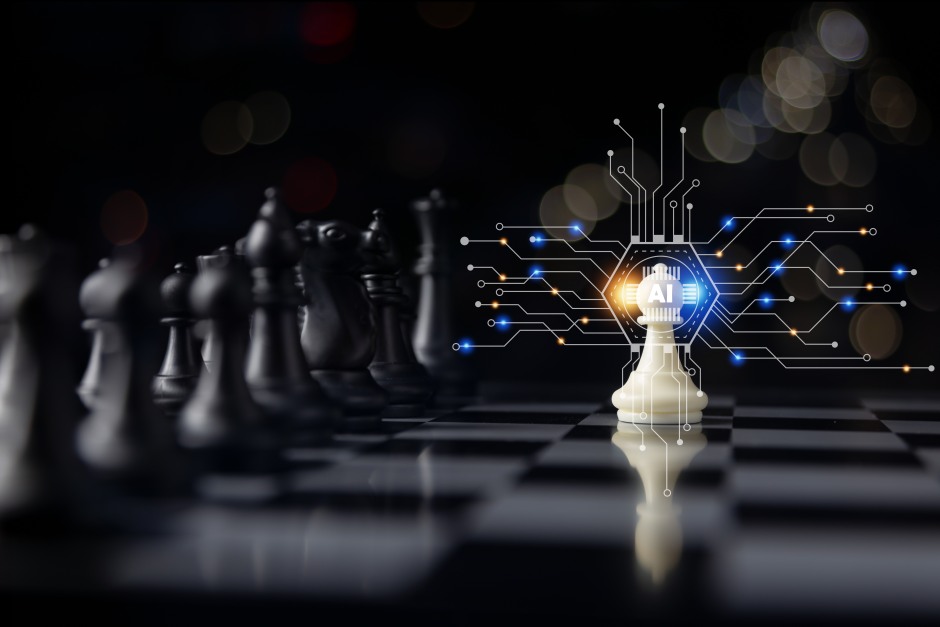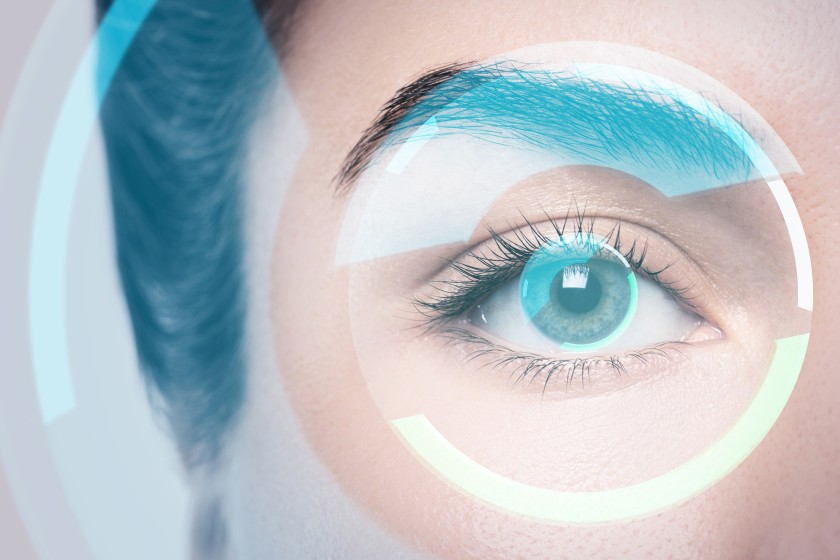Artificial Intelligence (AI) is a subset of computer science that deals with optimizing and enhancing collaboration between man and machines. It involves using AI software systems to work directly based on man’s commandments and supervision. Artificial Intelligence automatically performs and completes complicated analytical, scalable, responsive tasks with optimum solutions.
Autonomous Artificial Intelligence is a technological advancement to Artificial Intelligence where an AI no longer needs the intervention of man to complete tasks. This post will shed more light on what autonomous AI is, how it works and what it does.
What is Autonomous AI
Autonomous artificial intelligence or autonomous AI is a system created to allow robots, self-driving cars, and other AI machines to execute complex tasks without interference or guidance from man. Technology and science have taken artificial intelligence to a stage where devices and robots can proffer reliable solutions to coordinated tasks. However, there are plans to develop algorithms to make this system forecast activity and outline a step-by-step approach to accomplish more.
There are many more approaches to thinking strategically. For instance, sound recognition and machine vision use an algorithm that focuses on one data at a time and accesses them to anyone that may be related and useful. In addition, most AI systems come with a training handbook that discusses possible solutions.
The operation of an autonomous AI involves envisaging a series of potential results for a future problem and then putting several events in motion to minimize risk and other dangers and maximize reliability and swiftness. How to Play Chess is a perfect training handbook for such tasks.
Furthermore, autonomous AI can rely upon other technologies created to ease humanity to produce more efficient solutions. For instance, there are already well-detailed road maps and tested and trusted tools to determine the best route. Autonomous AI also uses sonar sensors to sense any obstruction and avert potential crashes. Creating an autonomous AI requires critical attention to strategic algorithms and in-depth knowledge of developing better sensors and interpreting solutions.
Today, various companies are producing several autonomous AI to suit our needs. They all prioritize specific parts of autonomous AI to find an optimum solution to a particular issue. For instance, some companies may prioritize cameras, sensors, and lasers to provide more precise and accurate information. Others use mathematical methods to fetch data from sensors.
Important Parts of Autonomous AI
Autonomous AI is still somewhat new, and researchers are yet to conclude their findings on the algorithms and methods for certain problems. Regardless, the process will be divided into segments, as discussed below.
Sensing
To create a model of an autonomous AI, you need a collection of sensory cameras controlled by lighting from lasers or similar sources. More so, sensory includes a GPS coordinate to position information and enable it to execute other independent tasks.
Fusion
This is where all the information gathered from the sensing phases is collated into a coherent view. In some cases, the images are blurry.
Perception
On completing the model, the system immediately identifies essential areas to enable it easily navigate the roads and paths better and faster.
Planning
Are you looking for an optimum result? Study the model and import information from other technological sources.
Control
When choosing the path, you want to ensure the system motors are intact and its steering moves freely without being affected by road bumps or collisions with man and other objects.
Autonomous artificial intelligence operates by transmitting information from the sensing stage to the control stage, where decisions are finalized. In addition, feedback loops cause the information to come from a lower layer to the top to enhance sensing, planning, and perception.
Ready to transform your business with the cutting-edge autonomous AI technology?
Contact Growth Hackers
Types of Autonomous AI
Arend Hintze, former assistant professor of integrative biology and computer science and engineering at Michigan State University, explains that an autonomous AI can be subdivided into four categories. He further added that an intelligent system might be able to manage huge, bulky, and complex data quickly and easily. However, they need the element critical to developing the nature of responsive machines we anticipate in the nearest future.
Reactive Machines
The reactive autonomous AI executes tasks based on inputs received. Instead of participating through an engird perspective, it aims at rating the best solutions to conclude the tasks it is designed for. In addition, they don’t have a memory unit or perception of time. Their primary goal and function is a sharp focus on their assignment.
Deep Blue is chess-playing software from IBM. This program defeated Garry Kasparov in a chess game in 1990. Deep blue recognizes chess pieces and can predict the next best move. However, it has no memory. Therefore it cannot utilize experience to influence the future.
Limited Memory
This type of autonomous AI evaluates a previous version of an event to collect certain information to predict future outcomes. In other words, limited memory AI recalls or retrieves memory over a particular period in order to decide future results.
A perfect example of limited memory AI self-driving cars. They are designed with a system that collects user navigational details to arrive at relevant information.
Theory of Mind
The theory of mind AI is the gap in today’s technology and what’s to come in decades. Their primary task is creating several representations of the world. However, they are also programmed to interact with men socially and emotionally.
This AI is responsible for communities with relevant interactions and concords. One of the outstanding properties of the theory of mind AI is inferring with man’s thoughts and intentions to predict behavior or reaction. Sophia, a humanoid robot, has abilities to read and recognize faces and react to interactions with facial expressions.
Self-Awareness
Can you make a guess? No? Self-awareness autonomous AI makes representations about themselves. It involves evaluating their state to forecast how others may feel and react. In other words, the self-autonomous AI has consciousness.
Don’t get ahead of yourself. This type of AI might have been designed, but they are years from being created. Before creating such autonomous AI, researchers, scientists, and software engineers must understand how human memory, consciousness, and learning work and how to integrate these characteristics into machines.
Autonomous AI is an upgrade to the current artificial intelligence technology. Though this current AI has no consciousness, autonomous AI can make decisions under veracious circumstances and emergencies.
Autonomous artificial intelligence develops several methods for a problem. At its discretion, however, based on parameters put by man, it uses the most suitable method to provide a solution to the problem. Autonomous AI is the bridge between today’s technology and the next generation of technology.
Don’t wait to revolutionize your business – harness the power of Autonomous AI today!
What Autonomous Artificial Intelligence Does
As I mentioned earlier, autonomous artificial AI is the gap in today’s tech and what’s to come in the near future. Autonomous AI is an evolution of artificial intelligence that drives its initial capabilities to the next level.
These machines are highly calculative, cooperative, and reliable, capable of proffering solutions to the most complex problems in precarious industries. Furthermore, they can execute the operation without the intervention of a human operator. Artificial intelligence trends speed up and enhance the detection, recognition, and feedback from sectors like banking, law enforcement, retail, industrial operation, and others.
Notably, the application of autonomous artificial intelligence in labor or HR will not replace man. Instead, it will be the inception of a collaborative space for man and machine to work as a peer utilizing the latest technologies. This is what we like to call machine-colleague experience.
Benefits of Autonomous AI
- 24/7 Availability – Autonomous AI doesn’t need breaks to refresh. The system is capable of working without breaks or pauses.
- No Risks and Errors: Autonomous AI is 100% efficient and accurate.
- Increased Productivity: A part of the capabilities of an autonomous AI is that it can quickly and easily detect areas of opportunities that humans can’t see on their own.
- Doesn’t Require Man Intervention – Autonomous AI doesn’t require man’s intervention to complete tasks, leaving man enough time and focus on another process.
Cons of Autonomous AI
- Expensive: Autonomous AI is quite costly to invest in. However, as time passes and the world accepts them more, acquiring them is becoming more affordable.
- Policy Implication: Operating with autonomous AI puts sensitive and private information at risk. Researchers claim there will be security measures to counter such situations.
In the context of lead generation, autonomous AI can be used to streamline and automate various tasks related to identifying, cultivating, and converting potential customers. For example, an autonomous AI system might be able to analyze data about a company’s target audience and identify patterns that can be used to identify potential leads. It might also be able to communicate with potential leads through email or chat and provide personalized recommendations or offers that are tailored to their interests and needs. By automating these tasks, businesses can save time and resources while also improving the efficiency and effectiveness of their lead-generation efforts.
Final Words on Autonomous Artificial Intelligence
The capabilities of autonomous AI depend on weak AI or strong AI, bridging the gap between this generation of AI and where the AI technology will be in the nearest future. One of the capabilities of an autonomous AI is performing and executing narrow and specific tasks. To achieve this, the system uses various prescribed methods to reach a solution. Regardless, its thoughts are nothing compared to man’s, but they would make an indispensable peer in any industry.
Growth Hackers is an award-winning artificial intelligence (AI) marketing agency helping businesses from all over the world grow. There is no fluff with Growth Hackers. We help entrepreneurs and business owners utilize autonomous artificial intelligence, increase their productivity, generate qualified leads, optimize their conversion rate, gather and analyze data analytics, acquire and retain users and increase sales. We go further than brand awareness and exposure. We make sure that the strategies we implement move the needle so your business grow, strive and succeed. If you too want your business to reach new heights, contact Growth Hackers today so we can discuss about your brand and create a custom growth plan for you. You’re just one click away to skyrocket your business.








1 Comment
It’s becoming clear that with all the brain and consciousness theories out there, the proof will be in the pudding. By this I mean, can any particular theory be used to create a human adult level conscious machine. My bet is on the late Gerald Edelman’s Extended Theory of Neuronal Group Selection. The lead group in robotics based on this theory is the Neurorobotics Lab at UC at Irvine. Dr. Edelman distinguished between primary consciousness, which came first in evolution, and that humans share with other conscious animals, and higher order consciousness, which came to only humans with the acquisition of language. A machine with primary consciousness will probably have to come first.
What I find special about the TNGS is the Darwin series of automata created at the Neurosciences Institute by Dr. Edelman and his colleagues in the 1990’s and 2000’s. These machines perform in the real world, not in a restricted simulated world, and display convincing physical behavior indicative of higher psychological functions necessary for consciousness, such as perceptual categorization, memory, and learning. They are based on realistic models of the parts of the biological brain that the theory claims subserve these functions. The extended TNGS allows for the emergence of consciousness based only on further evolutionary development of the brain areas responsible for these functions, in a parsimonious way. No other research I’ve encountered is anywhere near as convincing.
I post because on almost every video and article about the brain and consciousness that I encounter, the attitude seems to be that we still know next to nothing about how the brain and consciousness work; that there’s lots of data but no unifying theory. I believe the extended TNGS is that theory. My motivation is to keep that theory in front of the public. And obviously, I consider it the route to a truly conscious machine, primary and higher-order.
My advice to people who want to create a conscious machine is to seriously ground themselves in the extended TNGS and the Darwin automata first, and proceed from there, by applying to Jeff Krichmar’s lab at UC Irvine, possibly.